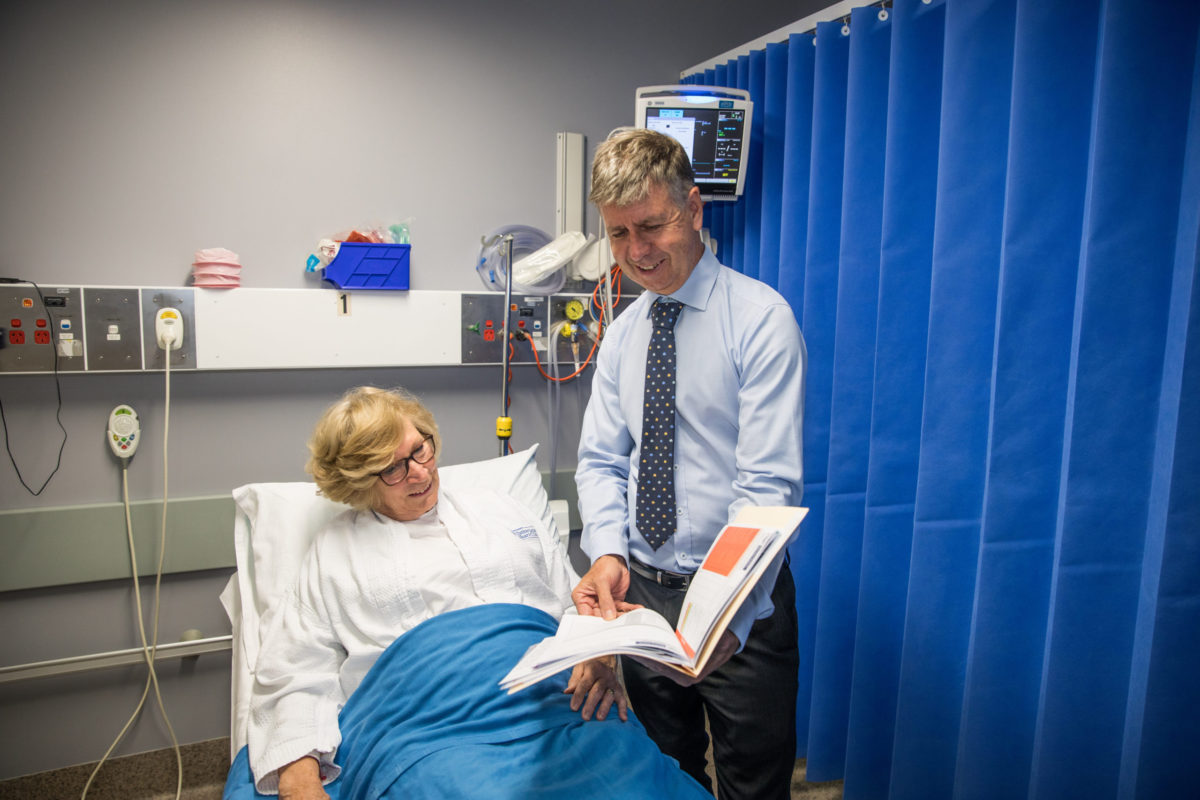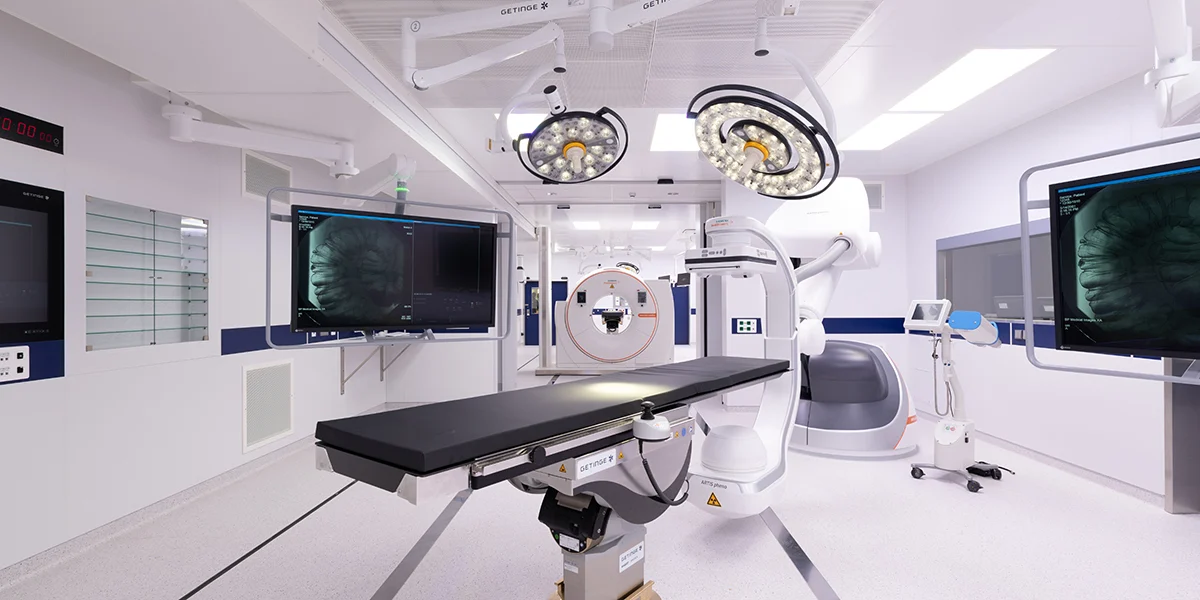Angiography is a vital medical imaging technique that enables physicians to visualize blood vessels in the body, helping diagnose and treat various cardiovascular conditions. The cornerstone of successful angiography lies in advanced and specialized equipment designed for this purpose. In this article, we will delve into the world of angiography equipment, exploring its types, functions, and technological advancements.
1. Basics of Angiography

1.1 Definition and Purpose
Angiography is a medical imaging technique used to visualize blood vessels in various parts of the body, such as the heart, brain, and peripheral arteries. The primary purpose is to diagnose and treat conditions like coronary artery disease, aneurysms, and blockages.
1.2 Procedure Overview
Before delving into equipment specifics, it’s essential to understand the basic procedure of angiography. Typically, a contrast dye is injected into the blood vessels, and X-rays are taken to capture detailed images of the arteries and veins.
2. Types of Angiography Equipment
2.1 Digital Subtraction Angiography (DSA)
DSA is a widely used technique that enhances the visibility of blood vessels by subtracting a pre-contrast image from subsequent images. This technique provides a clearer view of the vascular structures.
2.2 Computed Tomography Angiography (CTA)
CTA involves using a computed tomography scanner to create detailed cross-sectional images of blood vessels. It is non-invasive and is particularly useful for assessing blood vessels in various parts of the body.
2.3 Magnetic Resonance Angiography (MRA)
MRA uses magnetic resonance imaging to create detailed images of blood vessels. It is advantageous in that it does not use ionizing radiation, making it a safer option in certain cases.
3. Components of Angiography Equipment
3.1 X-ray Generators
X-ray generators are fundamental components that produce the X-rays used in angiography. Modern angiography equipment often incorporates high-frequency X-ray generators for improved image quality and reduced radiation exposure.
3.2 Image Intensifiers
Image intensifiers amplify the X-ray signal, enhancing the visibility of blood vessels. Flat-panel detectors have become increasingly popular as they offer improved image quality and a more compact design compared to traditional image intensifiers.
3.3 Contrast Media Injectors
Contrast media injectors are devices that administer contrast agents into the bloodstream to make blood vessels visible on X-ray images. These injectors play a crucial role in achieving the clarity necessary for an accurate diagnosis.
4. Technological Advancements
4.1 3D Angiography
The integration of three-dimensional imaging technology has revolutionized angiography, providing physicians with a more comprehensive view of blood vessels. This advancement aids in better treatment planning and navigation during procedures.
4.2 Dose Reduction Technologies
To address concerns about radiation exposure, modern angiography equipment often incorporates dose reduction technologies, such as pulsed fluoroscopy and advanced image processing algorithms, ensuring patient safety without compromising diagnostic accuracy.
5. Challenges and Future Developments
5.1 Radiation Exposure Concerns
Despite technological advancements, managing radiation exposure remains a challenge. Ongoing research focuses on developing innovative solutions to further reduce radiation doses while maintaining diagnostic efficacy.
5.2 Integration with Other Imaging Modalities
Future developments may involve increased integration of angiography equipment with other imaging modalities, such as ultrasound and positron emission tomography (PET), providing a more comprehensive understanding of cardiovascular conditions.
6. Specialized Applications of Angiography Equipment
6.1 Neuroangiography
Neuroangiography is a specialized application of angiography focused on visualizing blood vessels within the brain and spinal cord. Specially designed angiography equipment is employed to navigate the intricate vascular structures of the central nervous system, aiding in the diagnosis and treatment of conditions like aneurysms and vascular malformations.
6.2 Cardiac Angiography
Cardiac angiography involves imaging the blood vessels of the heart, providing crucial information for diagnosing coronary artery disease and guiding interventions such as angioplasty and stent placement. Dedicated angiography systems for cardiac applications often include advanced features like rapid image acquisition and precise catheter control.
7. Training and Maintenance of Angiography Equipment
7.1 Operator Training
Given the complexity of angiography equipment, specialized training is essential for operators. Radiologic technologists and interventional cardiologists undergo rigorous training to operate the equipment effectively, ensuring accurate imaging and patient safety.
7.2 Regular Maintenance
To maintain optimal functionality and ensure patient safety, regular maintenance of angiography equipment is imperative. This includes calibrations, inspections, and software updates. Manufacturers often provide comprehensive maintenance schedules, and healthcare facilities invest in service contracts to ensure prompt technical support.
8. Economic Considerations in Angiography Equipment
8.1 Initial Costs and Total Cost of Ownership
While angiography equipment represents a significant initial investment for healthcare facilities, considering the total cost of ownership is crucial. Factors such as energy efficiency, maintenance requirements, and potential upgrades play a role in determining the long-term financial impact of the equipment.
8.2 Reimbursement and Cost-Effectiveness
Healthcare providers navigate reimbursement challenges associated with angiography procedures. Striking a balance between offering advanced diagnostic capabilities and managing costs is crucial for sustaining high-quality patient care.
9. The Global Landscape of Angiography Equipment
9.1 Access Disparities
The availability and accessibility of angiography equipment vary globally, with developed countries often having more widespread access. Efforts to bridge these disparities involve international collaborations, technology sharing, and initiatives to make advanced angiography equipment more accessible in resource-limited settings.
9.2 Technological Transfer and Collaborations
International collaborations between manufacturers, healthcare institutions, and regulatory bodies facilitate the transfer of technology and expertise. Such collaborations contribute to the development of cost-effective solutions and advancements in angiography equipment on a global scale.
10. Conclusion: Advancing Patient Care Through Technological Innovation
In conclusion, angiography equipment plays a pivotal role in modern medicine, enabling healthcare professionals to diagnose and treat a spectrum of vascular conditions. As technological innovation continues to propel the field forward, the emphasis on patient safety, operator training, and global accessibility remains paramount. The ongoing collaboration between industry stakeholders ensures that angiography equipment continues to evolve, contributing to enhanced patient outcomes and the advancement of cardiovascular care worldwide.
Conclusion
Angiography equipment stands at the forefront of cardiovascular diagnostics and interventions, enabling healthcare professionals to visualize and treat a myriad of vascular conditions. As technology continues to advance, the field of angiography is poised to witness further innovations, ensuring improved patient outcomes and enhanced diagnostic capabilities.

